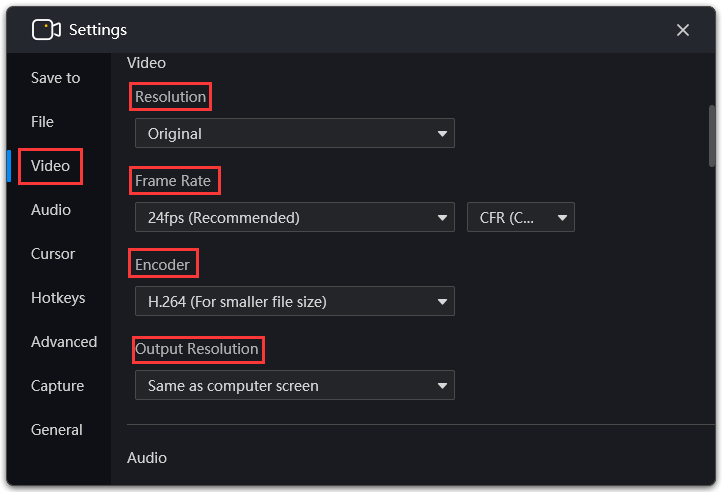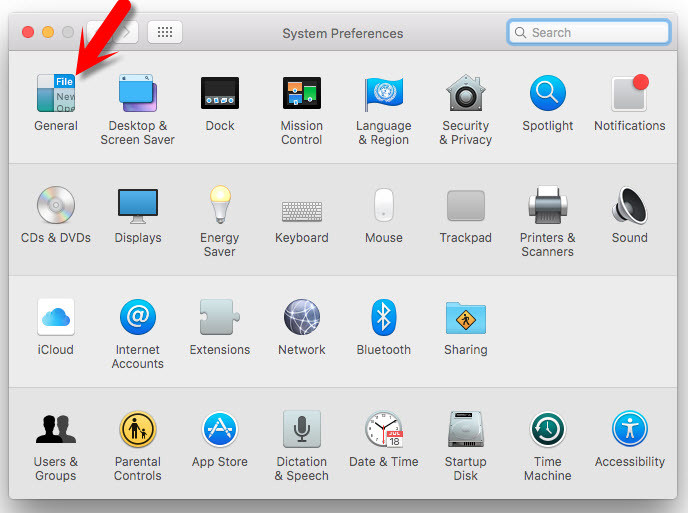


Click the dropdown and select one of the options – Always, On Desktop Only or In Full Screen Only option.By default, “Automatically hide and show the menu bar” option will be set as “Never” to always show the menu bar.Open “Desktop & Dock” from the sidebar and find “Menu Bar” section.Click Apple menu and go to “System Settings…”.If the menu bar is disturbing you, especially on smaller MacBook laptop models, then you can automatically show or hide on hovering. Here are some of the customizations you can do to control your menu bar. You can’t remove the Apple icon or disable app menus. The color of the menu bar will follow the light or dark mode as per your system mode settings. Date & Clock – shows at the right corner of the menu bar clicking on which will show the Notification Center in Mac.For example, you can see Wi-Fi, Bluetooth, Control Center and Siri icons. Status menus – on the right side of the app you will see lot of icons from the apps and for system settings which are called status menus.When there are no open apps, you will see the Finder app’s menu as a default which you can’t remove from the menu bar. App menu – this will show the navigation menu for the current active app.Click on that and go to “System Settings” to access all macOS settings in one place. Apple menu – which shows an Apple logo on top left corner of the screen.why can’t the system force everything else out of that area and reserve the row for menu bar and menu bar only, and just black out the row in fullscreen, isn’t that just so much simpler, rather than considering it as part of the “display” like it was before and requiring apps to be updated to avoid being fucked? only a fraction of a fraction of a fraction of users would know this hidden option exists, and bother to turn it on manually….Mac Top Menu Bar Items Explained By Apple Now they’re introducing a new way to blur the pixel again just to hide the notch because it fucks with the software UI…. on the 15” model, a 2x scaling would only give you a 900px height, so the system defaults to 1050px instead to make more space, but then the pixels are blurred out) The way it shrinks the whole screen, it directly defeats the new displays’ resolutions that fixed the pixel blurring issues due to scaling (for those unfamiliar with this thing, the older macbooks used to default to non-integer scaling ratios, rather than a full 2x scaling, in order to gain more screen space, because the 2x scaling would result in smaller screen real estate.


 0 kommentar(er)
0 kommentar(er)
